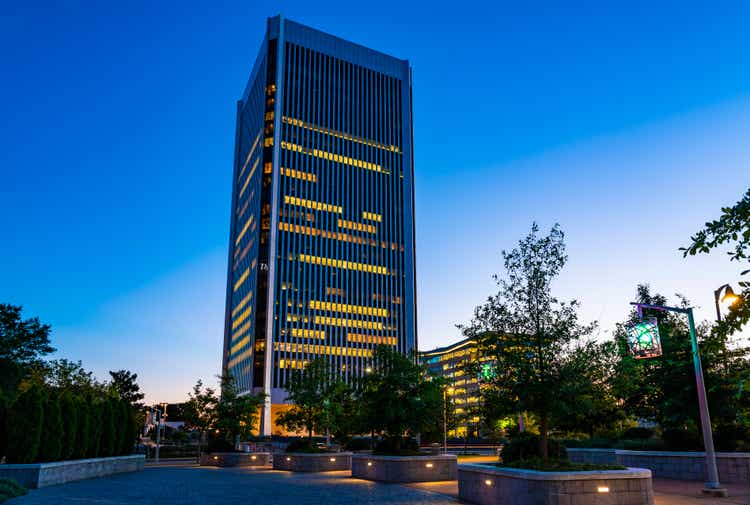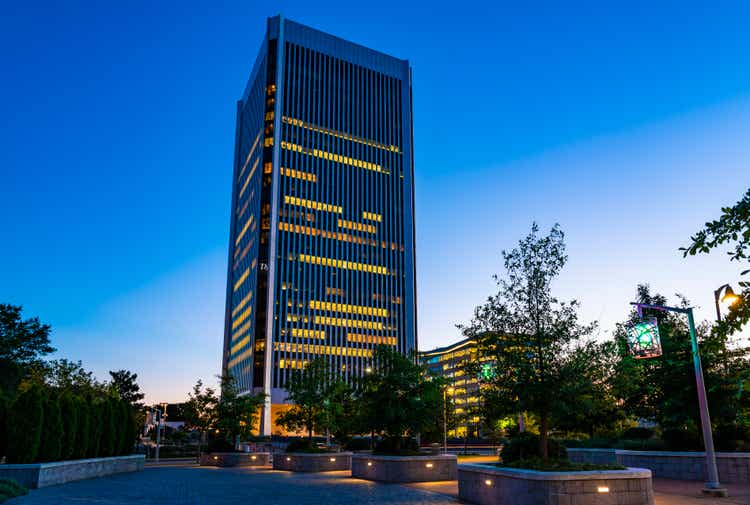
traveler1116
The feedback that Richmond Fed President Tom Barkin gets from business contacts leads him to believe that the U.S. economy “is much further along the path to demand normalization than much of the data would tell you.”
And when demand and supply balance out, then inflation subsides. “But the path for inflation isn’t yet clear,” he said in a speech on Tuesday. That’s why he supported the Federal Open Market Committee’s decision in September to keep rates unchanged.
“We have time to see if we have done enough, or whether there’s more work to do,” Barkin said. That meshes with Federal Reserve Chair Powell’s view that the central bank is in a position to “proceed carefully” with its next move.
Traders expect the Fed to stand pat at the Oct. 31-Nov. 1 meeting, with a 90% probability the federal funds rate target range will stay at 5.25%-5.50%. There’s only a 10% chance of a 25-bp hike, according to the CME FedWatch tool.
Barkin understands that “we are walking a fine line. If we undercorrect, inflation re-emerges. If we overcorrect, we do unnecessary damage to the economy.” And there are external factors, such as the war in the Middle East.
Even if the economy does weaken, he doesn’t expect it to be as severe as in 2008 or during the 1970s and ’80s. One reason is that people and businesses have been preparing for a recession by belt-tightening and reducing risk.
If a recession doesn’t come, “today’s conservatism can fuel tomorrow’s revival,” Barkin said. “You might even argue that the recent strength in the economy is being supported in part by businesses, consumers, and governments that have outperformed their recessionary forecasts.”







